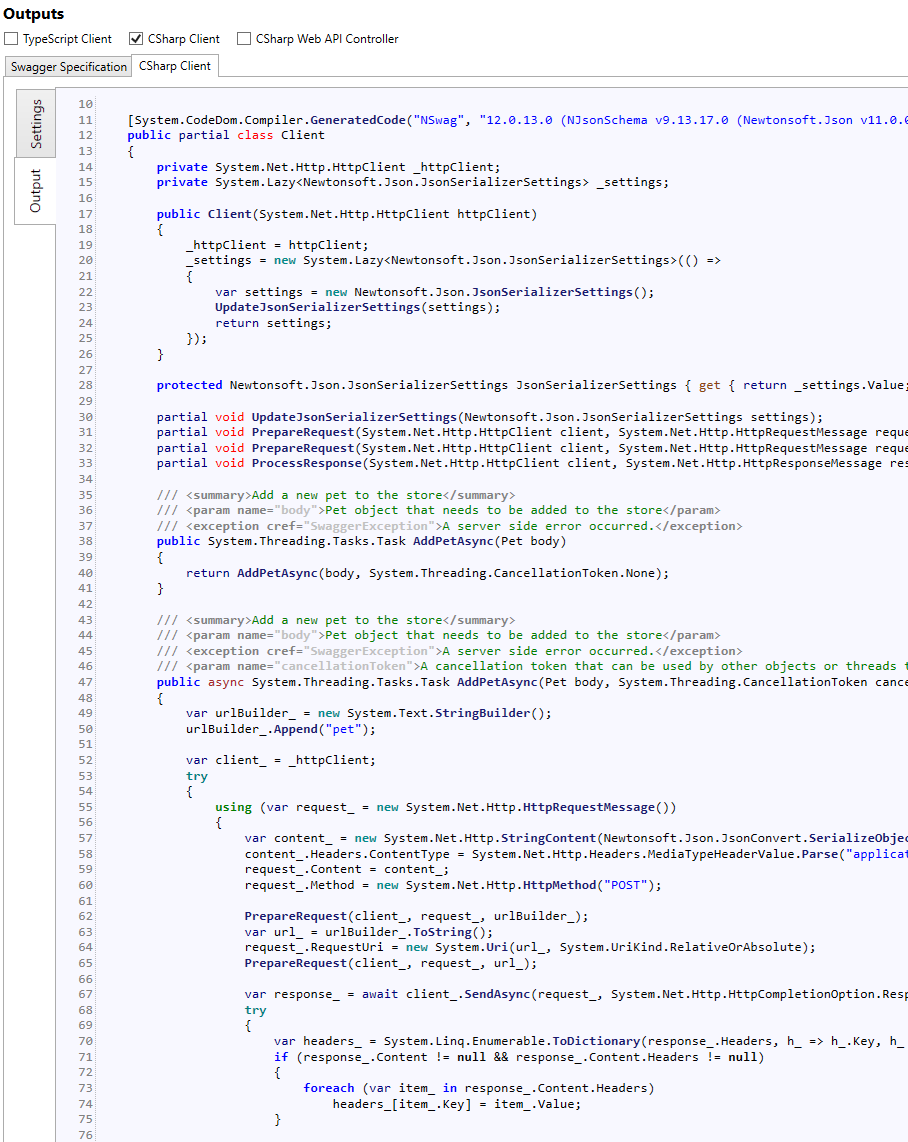Reading further...
Although some MSDN agrees...
HttpClient is intended to be instantiated once and reused throughout the life of an application. The following conditions can result in SocketException errors:
- Creating a new HttpClient instance per request.
- Server under heavy load.
Creating a new HttpClient instance per request can exhaust the available sockets.
...it can create another issue: You don't want to keep a socket open forever, for example if there is a DNS flip to a different deployment, you will still be talking to the old one.
Some people have custom logic so that both issues are solved. http://disq.us/p/1d4okj9 https://github.com/dotnet/corefx/issues/11224#issuecomment-347361456


Edit So I had some noob misunderstanding in HttpClient best practice.
I appreciate you have added stuff for control of HttpClient lifecycle, but perhaps you can make this safe out of the box? Noobs like me might also learn something by reviewing the generated code.
Here is one approach: https://github.com/dotnet/corefx/issues/11224#issuecomment-347361456
Original comments...
According to https://aspnetmonsters.com/2016/08/2016-08-27-httpclientwrong/
After each call, even though you've disposed the HttpClient, Windows holds the socket(s) it was using open for 240 seconds. There are only thousands of sockets available, so you can achieve socket exhaustion quite easily.